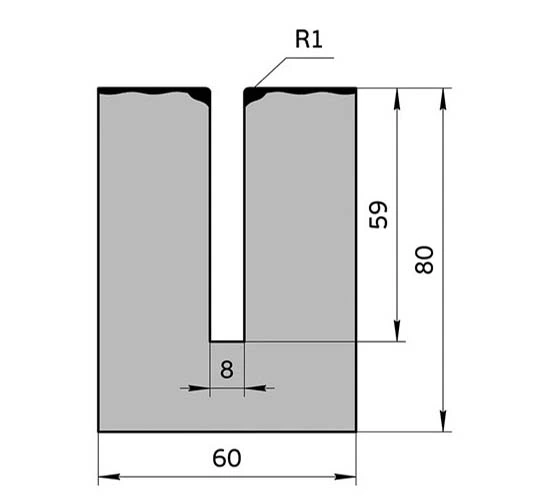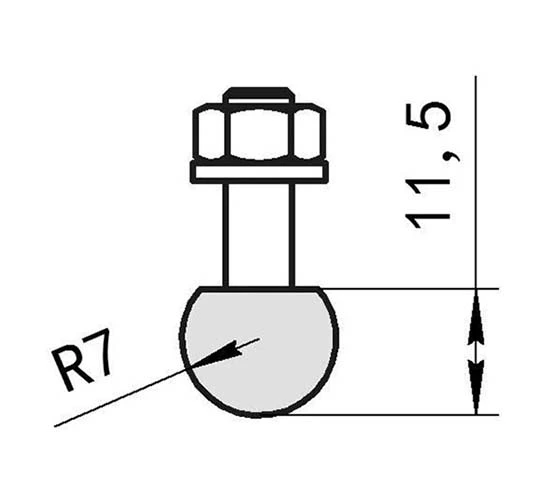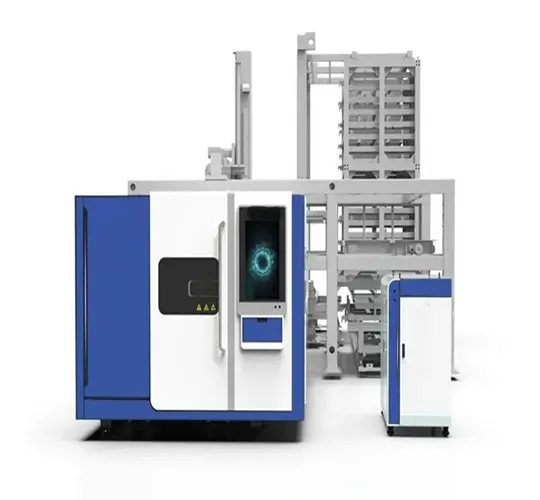In metal fabrication, press brakes are essential for creating precise bends, but even small oversights can lead to costly errors. Five common mistakes—dirty machines, ram upset, improper lubrication, unlevel machines, and using worn or incorrect tooling—can compromise accuracy, cause surface imperfections, and even damage the machine. By understanding these issues and implementing straightforward solutions, manufacturers can ensure consistent results and extend the lifespan of their equipment. This blog explores these pitfalls in detail and offers practical tips to keep your press brake performing at its best.
Keeping Machines Clean to Prevent Wear
Dirt and grime may seem harmless, but they can wreak havoc on a press brake's performance. Accumulated debris on components like ram gibs and tooling accelerates wear, leading to inaccurate bends and diminished part quality. Over time, this can cause costly repairs and downtime. To prevent these issues, consistent cleaning is crucial. By routinely wiping down the ram, bed, and tooling, operators can remove debris and prevent excessive wear. A consistent cleaning schedule not only maintains precision but also extends the life of critical machine components.
Preventing Ram Upset for Structural Integrity
Ram upset is a serious issue that occurs when the ram deflects beyond its design limits, resulting in permanent deformation, particularly in the center of the machine. This deformation compromises bending accuracy and can lead to long-term damage. To counteract ram deflection, operators should use shims to ensure proper alignment between the bed and ram. Regular checks and adjustments help maintain the machine's structural integrity, preventing costly repairs and ensuring consistent, high-quality bends across the workpiece.
Proper Lubrication for Smooth Operation
Lubrication is the lifeblood of a press brake's moving parts, and improper or insufficient lubrication can lead to increased friction, wear, and reduced bending accuracy. Over time, this can shorten the machine's lifespan and degrade part quality. To avoid these problems, operators must adhere to the manufacturer's lubrication recommendations, using the correct type of lubricant for the machine's specific components. A disciplined lubrication schedule reduces friction, ensures smooth operation, and preserves the press brake's longevity and precision.
Ensuring Level Machines for Consistent Bends
An unlevel ram can throw off the entire bending process, resulting in imperfect parts and inconsistent bend angles. This misalignment can lead to rework and wasted materials, impacting both efficiency and profitability. To maintain accuracy, operators should regularly verify that the ram is parallel to the bed. Using leveling tools or adjusting eccentric sleeves can restore proper alignment, ensuring uniform bends and high-quality parts. A level machine is critical for achieving reliable results in any fabrication environment.
Using Correct and Well-Maintained Tooling
Worn or incorrect tooling is a common culprit behind uneven bends, material damage, and inconsistent part dimensions. Misaligned or damaged tools can also harm the press brake itself, leading to costly repairs. To prevent these issues, operators should regularly inspect tooling for signs of wear and replace or adjust it as needed. Selecting the appropriate tooling for the material thickness and bend radius is equally important. By maintaining and using the correct tools, manufacturers can achieve precise bends and protect both the workpiece and the machine.
Avoiding common press brake mistakes is key to achieving precision, minimizing downtime, and extending the life of your equipment. By keeping machines clean, preventing ram upset, ensuring proper lubrication, maintaining level alignment, and using well-maintained, correct tooling, manufacturers can optimize their press brake operations. These proactive steps not only enhance bending accuracy but also reduce material waste and maintenance costs. For fabricators committed to quality and efficiency, addressing these five pitfalls is a straightforward path to superior performance and long-term success.
 English
English 日本語
日本語 한국어
한국어 français
français Deutsch
Deutsch Español
Español русский
русский Türkçe
Türkçe português
português العربية
العربية Polska
Polska हिंदी
हिंदी Indonesia
Indonesia


